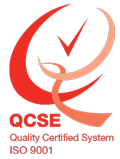On March 22, 1960 the first patent on a laser is issued to Arthur Leonard Schawlow and Charles Hard Townes, who assigned it to Bell Telephone Laboratories – a company created by Alexander Graham Bell. It looked very different to the lasers we use today, yet it was described at the time as “a solution looking for a problem.”
The laser didn’t start and end with Schawlow and Townes, however. It was the result of not one individual’s efforts, but the combination of many optics and photonics scientists and engineers over the course of over 100 years – that we know of.
To celebrate this achievement in laser cutting and technology, we’re taking a step back in time to look at the history of lasers.
In the beginning there was light
The word “laser” is actually an acronym. It stands for Light Amplification by Stimulated Emission of Radiation. The foundation for laser technology started with Max Planck, a German theoretical physicist, who published a paper on the law of radiation, explaining that energy could be emitted or absorbed only in discrete chunks.
This was taken further by Albert Einstein when he predicted the phenomenon of “Stimulated Emission”. According to the Encyclopedia of Laser Physics and Technology, this is a “quantum effect, where photon emission is triggered by other photons.” This concept is fundamental to the operation of all lasers.
Cut to 1939 with Russian physicist Valentin A. Fabrikant, who theorised the use of stimulated emission to amplify radiation.
From MASERs to LASERs
In 1951, Charles Townes, Alexander Prokhorov, Nikolai G Basov and Joseph Weber develop the quantum theory of stimulated emission and demonstrated emission of microwaves at Columbia. They call it MASER – Microwave Amplification of Stimulated Emission of Radiation. This work eventually grants them the Nobel Peace Prize for their work.
Over the next ten years, other physicists make major headway on laser work. In 1956, N. Bloembergen develops the Solid-State MASER. And in 1958, Schawlow and Townes propose the realisation of MASERs for light and infrared.
1959 is where we start to see the development of lasers, with Columbia University student Gordon Gould’s theory of stimulated emission being used to amplify light. In his paper, Gould illustrates the working of an optical resonator that can create a narrow beam of coherent light. He calls it a LASER.
Building the first laser
By 1960, Theodore Maiman builds the first working prototype of a laser. How did it work? Well, the laser used synthetic ruby crystal as the operating medium which releases a deep red beam of light (that we see in lasers everywhere onscreen and off) with a wavelength of 694.nm. The ruby laser is still commercially used for drilling holes in incredibly hard surfaces, such as diamonds, because of its high peak power.
Development of the CO2 laser
Kumar Patel developed the Carbon Dioxide (CO2) laser at AT&T Bell Labs in 1964. This type of laser offers the benefits of lower cost and higher efficiency. The advantages of the CO2 laser made it the most popular industrial laser since its invention – and it’s the type of laser we use for our laser cutting services. Read all about our laser cutting machine – the LVD Impuls 6020 laser and what it can do.
Finally, check out Kumar Patel in this video talking about the development of the CO2 laser.
For all your Brisbane laser cutting needs, contact our team of steel fabrication specialists at ShapeCUT today.
Contact Us To Find Out More
We ensure a fast, exact and economical steel solution for our clients. Call our team today to discuss your steel cutting and metal processing requirements.
Get Our Newsletter
Contact details
121 Mica Street, Carole Park,
QLD, 4300, AUSTRALIA
Freecall: 1800 SHAPECUT (1800 742 732)
Telephone: (07) 3271 5600
Facsimile: (07) 3271 5454
Email: sales@shapecut.com.au
Accredited Profile Cutting

Profile Cutting
©2023 ShapeCut | Website design Brisbane by iFactory | Privacy Policy | Search | Sitemap



